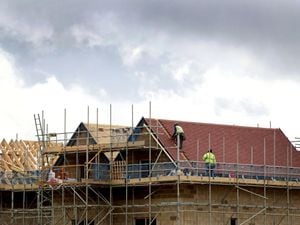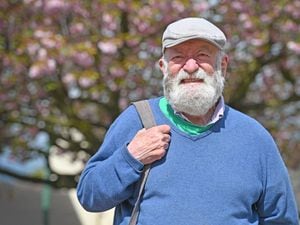Landowners invited to put forward sites for new homes in Walsall
Council bosses are set to invite landowners to put forward sites including Green Belt space which could be used to provide new homes in Walsall.

Members of Walsall Council’s cabinet are expected to give the go-ahead for a ‘call for sites’ exercise to get underway which will help shape the Walsall Borough Local Plan.
The authority is looking to identify enough land to build thousands of new homes and create employment space over the coming years.
A report to cabinet said the search will also be ‘wide-ranging’ and look for space which could be developed into green space and for community uses.
Ongoing government planning reforms mean the Walsall plan won’t start until autumn next year at the earliest.
But a report to cabinet, which meets next Wednesday said this will allow early consultation with landowners, developers and local communities and help shape the plan.
Walsall is looking to develop its own proposals for how it intends to deliver much-needed new homes and employment space in the borough in the coming years.
Originally, the council – along with Wolverhampton, Sandwell and Dudley – was working together on the Black Country Plan to deliver the 76,000 new homes in the region by 2039 – 8,000 of which was earmarked for the green belt.
But this plan was left in tatters when Dudley decided to withdraw from it, in the face of public backlash, in October last year. The remaining authorities subsequently opted to create their own proposals too.
The Black Country Plan sparked strong opposition from people in Walsall, with campaigns being launched to save some of the sites identified.
The report to cabinet said: “This consultation will enable early engagement with landowners, developers and local communities, with the results from this exercise helping to influence and inform plan preparation, particularly as part of the evidence gathering on potential land use allocations.
“Furthermore, it is recommended that the call for sites will be wide-ranging, and rather than just focusing on potential sites for housing and employment uses, will also be more locally specific and have more of a community focus.
“This would enable relatively small pieces of vacant land to be identified, including as potential land for local green spaces and other community uses, as well as for nature conservation enhancement.
“Such an approach is important in enabling meaningful public engagement and participation.”





